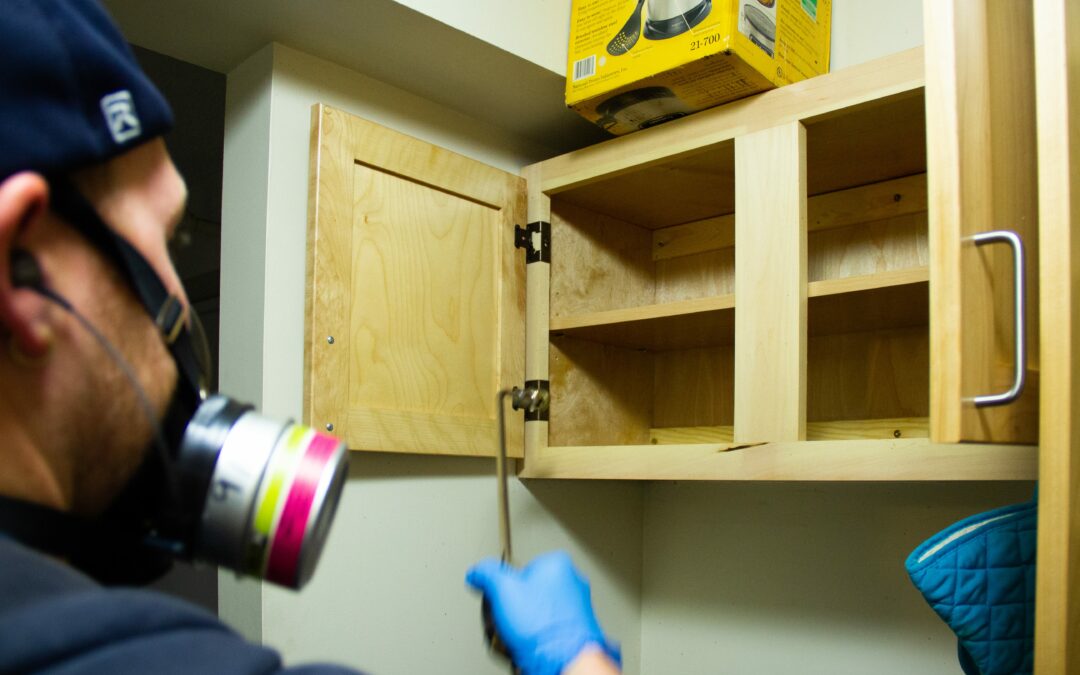Ants are one of the most common pests out there, and many homeowners have to deal with them on a semi-regular basis. This is why some homeowners are turning to DIY methods for handling ant infestations. In this article, we’re going to cover some of these methods and give you some tips on ant control best practices.
Indoor treatments
To start, you want to remove the causes of an ant infestation. This includes food and water sources, and any areas through which ants may enter your building. Make sure that you keep your food in sealed containers, and that you keep your kitchen area in particular relatively clean. Pet food may also be a big draw for termites, so make sure that you keep that in mind. Fix any leaky plumbing as it will serve as water sources for a variety of pests, not just ants. Seal any cracks around your door and window frames, and seal the holes around pipes and wires. This will ensure that there are no entry points for the ants into your home.
With your home pest proof, you want to start to deal with the actual infestation. There are three key treatments that you want to use: a non-repellent ant spray with insecticide, a protein-based ant bait, and a carbohydrate-based ant bait.
The control process should start with baiting. Do not place the bait in the middle of an ant trail, because they will simply avoid it. You want the bait to be near ant activity so they will be drawn to it instead. Some good bait locations are: on top of kitchen cabinets, around the stove, near sinks, around pipes, and around medicine cabinets. Check the baits once a week and replace them as needed.
Spray acts as a supplement to bait treatments, and it is ideal during the ant nesting cycle or when they have a safe food source. It is a slow acting insecticide, which means that the ants will carry it back to their nest. Spray around cracks and crevices in your kitchen where ants are likely to travel, including baseboards, door frames, under utilities and appliances.
Outdoor treatments
If the source of the infestation is outside the home, you can implement preventative and control measures. You want to make sure that your trees and shrubs are trimmed, and that shady areas such as those provided by brushes are not too dense. Outdoor control works similarly to indoor control, in that you will use a combination of sprays and baits to corner and eliminate an ant colony. For spraying, you can use a backpack sprayer or a hand pump sprayer, and you will need about one or two gallons of solution to cover your average building perimeter.
Working with a pest control specialist
If you have tried DIY and an infestation persists, it is best to contact a specialist who can help you out with larger or hard to find colonies. Contact us today if you run into any issues with your DIY ant control.

